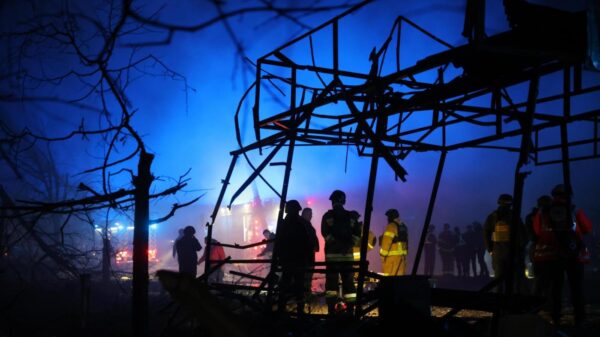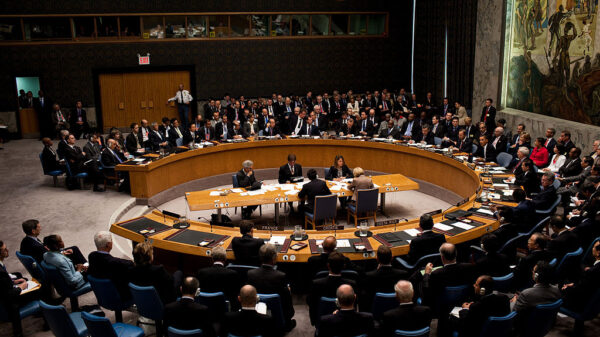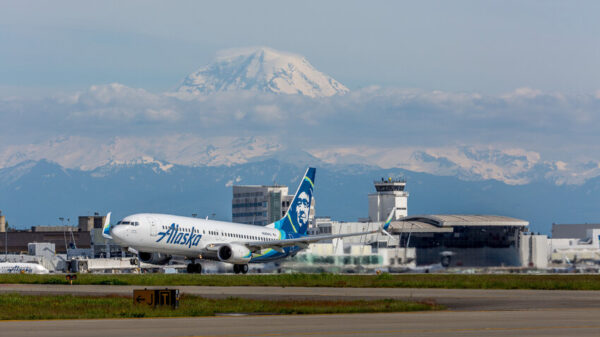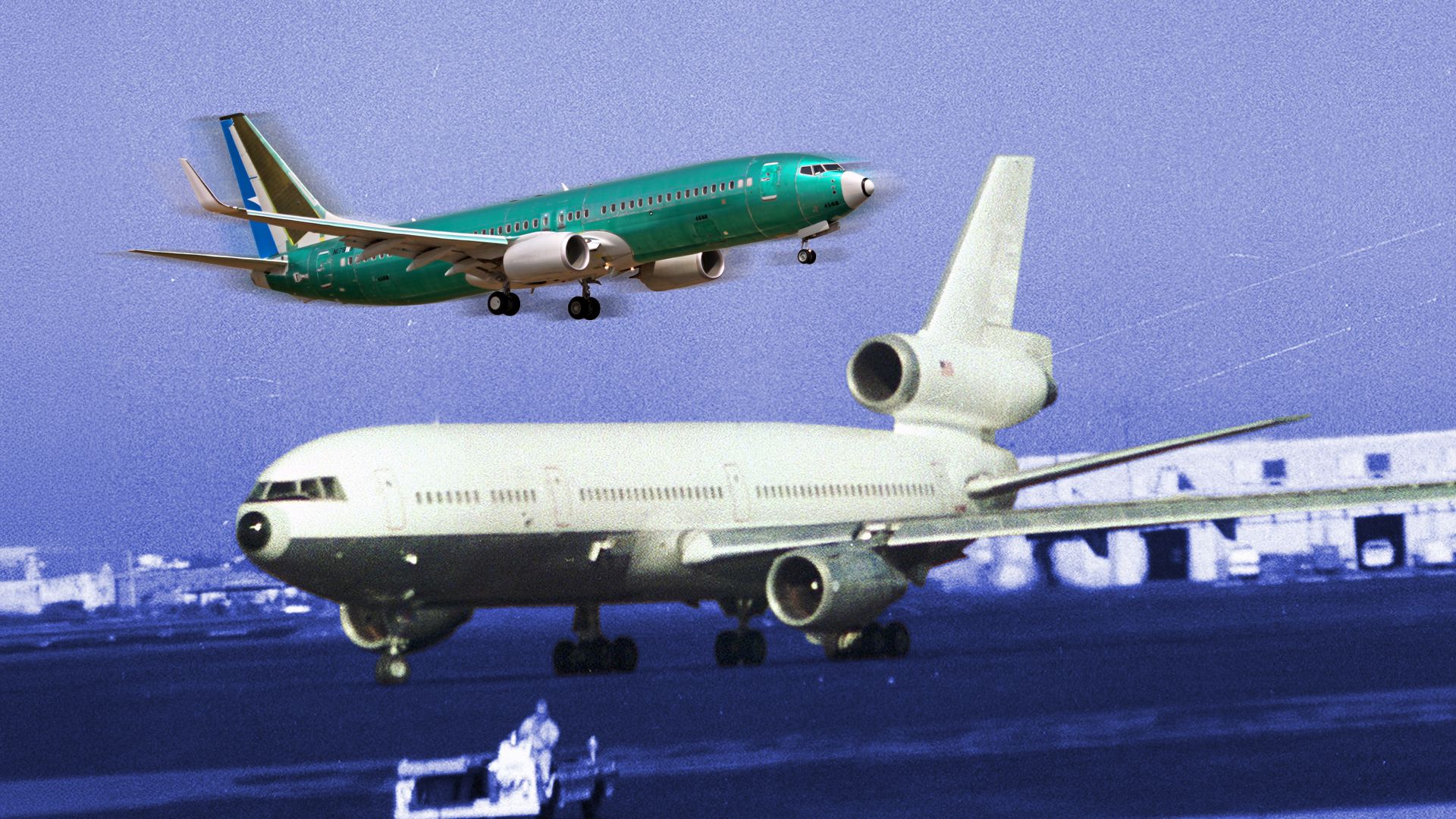Boeing’s merger with McDonnell Douglas in 1997 marked a significant shift in the landscape of the aerospace industry. While Boeing was already the largest manufacturer of commercial aircraft in the United States, the acquisition aimed to bolster its military division and mitigate the volatility of the commercial aviation sector. However, the legacy of this merger has been complicated, with many of Boeing’s current challenges traced back to decisions made during this period.
Background of McDonnell Douglas
Founded in 1921 by Donald Wills Douglas Sr. in Santa Monica, the Douglas Aircraft Company gained recognition for its iconic DC-3, which at one point transported 90% of the world’s passengers. The company continued its success with models like the DC-4 and DC-7, establishing itself as a staple of the Golden Age of aviation. Although initially hesitant about jet technology, Douglas eventually produced the DC-8, which, alongside the Boeing 707, brought jet-powered air travel into the mainstream.
Despite its early successes, Douglas struggled financially in the 1960s and was unable to expand production to meet growing demand for its airliners. This prompted the company to merge with McDonnell Aircraft, a military contractor, in 1967, forming McDonnell Douglas. The new company launched the DC-10, yet faced fierce competition from the Lockheed L-1011 and suffered from design flaws that prevented profitability. While the MD-80 found commercial success, subsequent models like the MD-11 failed to gain traction, leading to the eventual merger with Boeing.
Strategic Reasons for the Merger
By the time Boeing acquired McDonnell Douglas, its commercial aircraft division had been underperforming for years. The merger was primarily motivated by McDonnell Douglas’s lucrative military division, which produced renowned aircraft such as the F-15 Eagle and F/A-18 Hornet. These military assets offered Boeing a more stable revenue stream during the cyclical downturns typical of the commercial aviation market.
Following the merger, Boeing discontinued the MD-11 and MD-90 lines, rebranding the MD-95 as the Boeing 717-200. However, this aircraft failed to achieve sales expectations, leading to production ceasing in 2006, just seven years after entering service. Boeing subsequently streamlined operations by integrating McDonnell Douglas’s military products into its portfolio, continuing production of the C-17 Globemaster III until 2015.
Boeing’s challenges intensified following the merger. The 787 Dreamliner, designed to be a game-changing aircraft with improved fuel efficiency, faced production delays and quality control issues. Initially unveiled as a hollow shell, the Dreamliner entered service years late and suffered from a reputation for production flaws, earning the nickname “Terrible Teens.”
The most significant crisis emerged from the 737 MAX program, where two fatal crashes attributed to a flawed MCAS software system led to a worldwide grounding of the aircraft for nearly 20 months. This incident severely eroded confidence in Boeing, a company once celebrated for its engineering excellence.
In the wake of these challenges, Boeing had shifted its focus towards military production, seeking stability amid fluctuating commercial demands. CEO Phil Condit, who oversaw the merger, relocated the company’s headquarters from Seattle to Chicago, a move that some critics argue diluted Boeing’s identity as a commercial aircraft manufacturer.
Legacy and Future Outlook
The merger’s impact on Boeing’s corporate culture remains a subject of scrutiny. Critics have suggested that McDonnell Douglas executives maintained considerable influence in the merged entity, leading to a blend of cultures that has proven difficult to reconcile. The decisions made in the years following the merger, particularly regarding outsourcing and production strategies, have left Boeing grappling with quality issues.
As Boeing navigates its path forward, it faces the dual challenge of restoring its reputation while addressing the operational legacies of the McDonnell Douglas merger. The ongoing struggle highlights the complexities of mergers in the aerospace sector, where strategic decisions can have lasting repercussions.
Boeing’s focus on military contracts may provide a buffer against commercial aviation’s inherent volatility, yet the company must also regain its footing in the competitive commercial market. With the aerospace industry evolving rapidly, how Boeing adapts to these challenges will be closely watched in the years to come.



































































